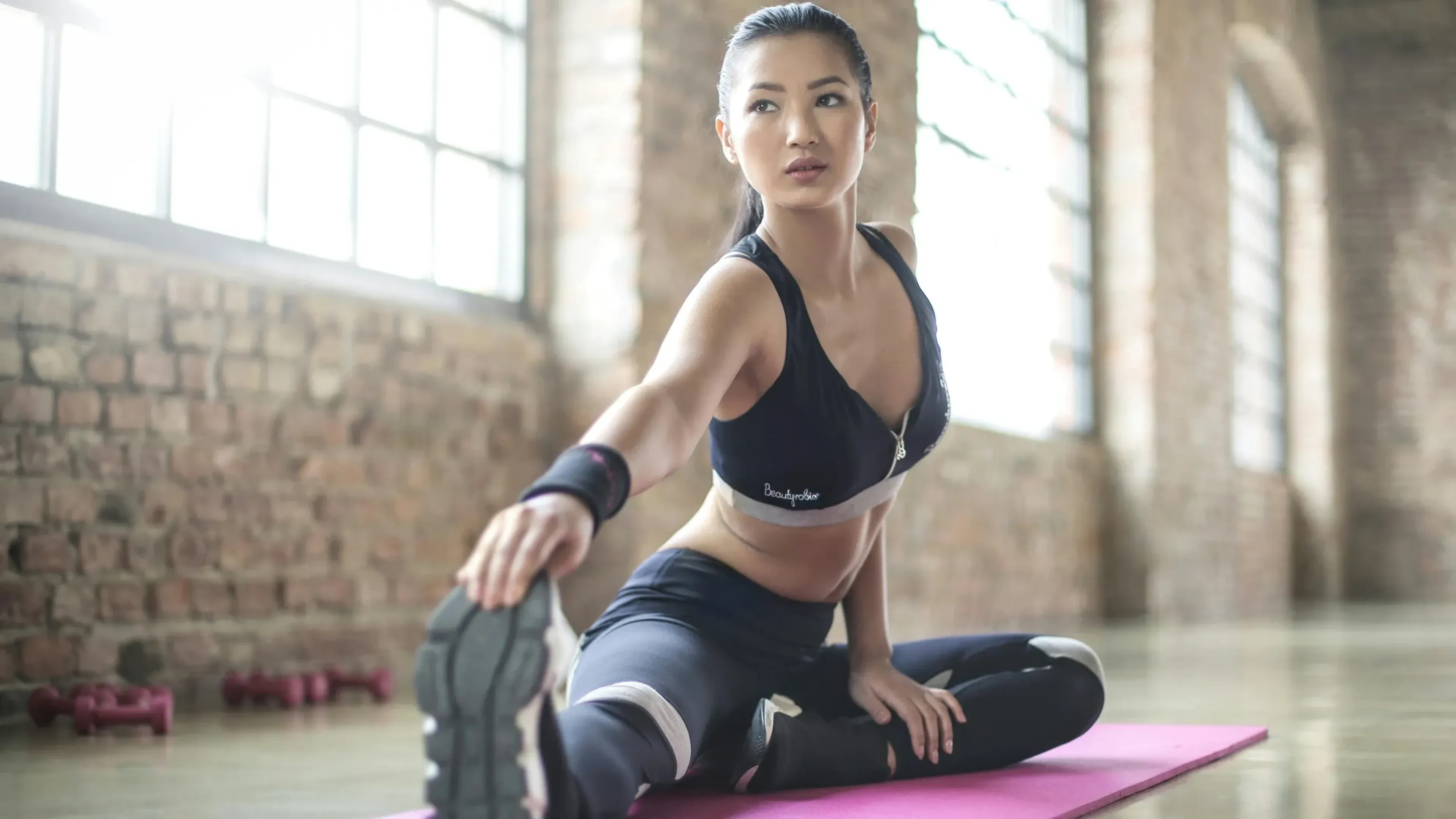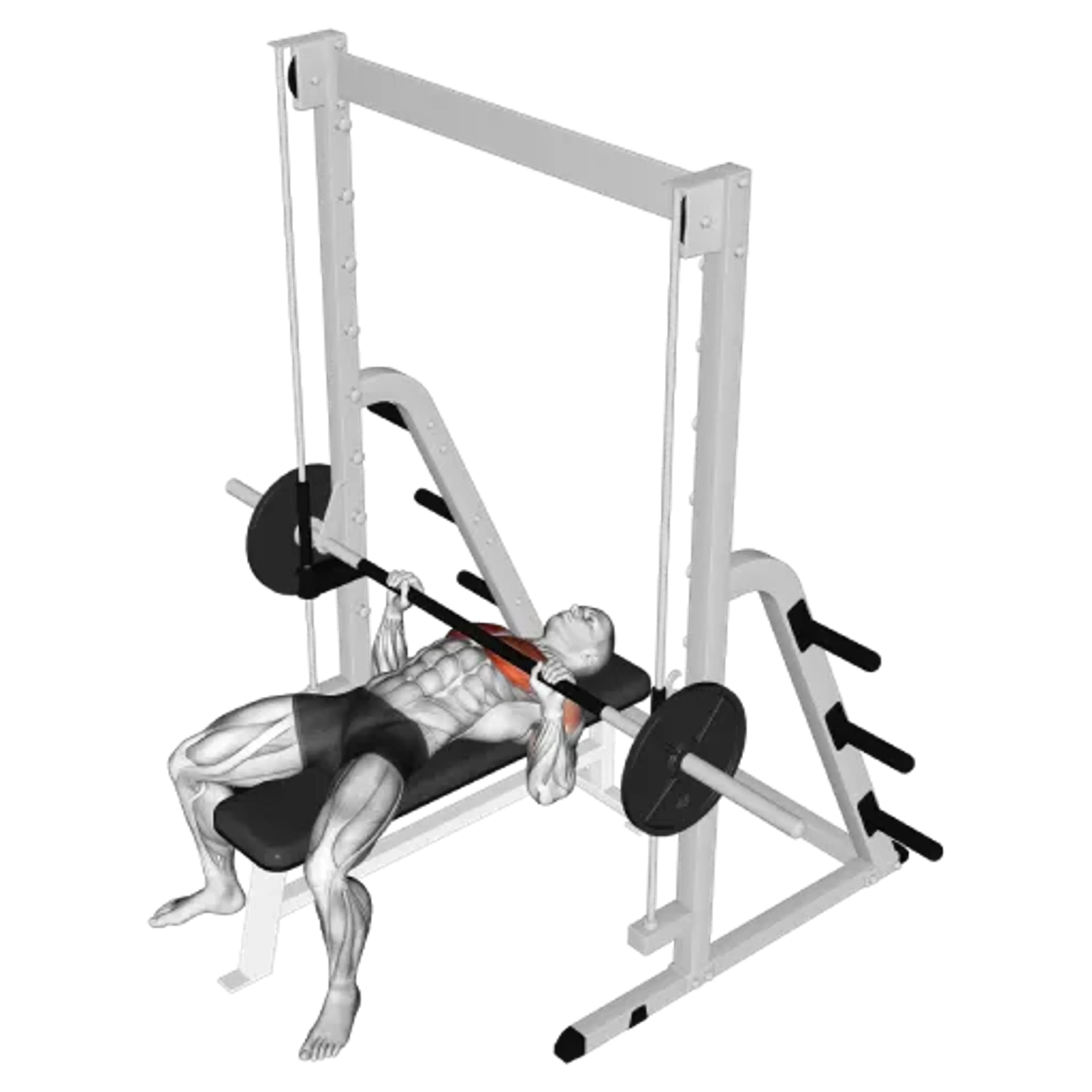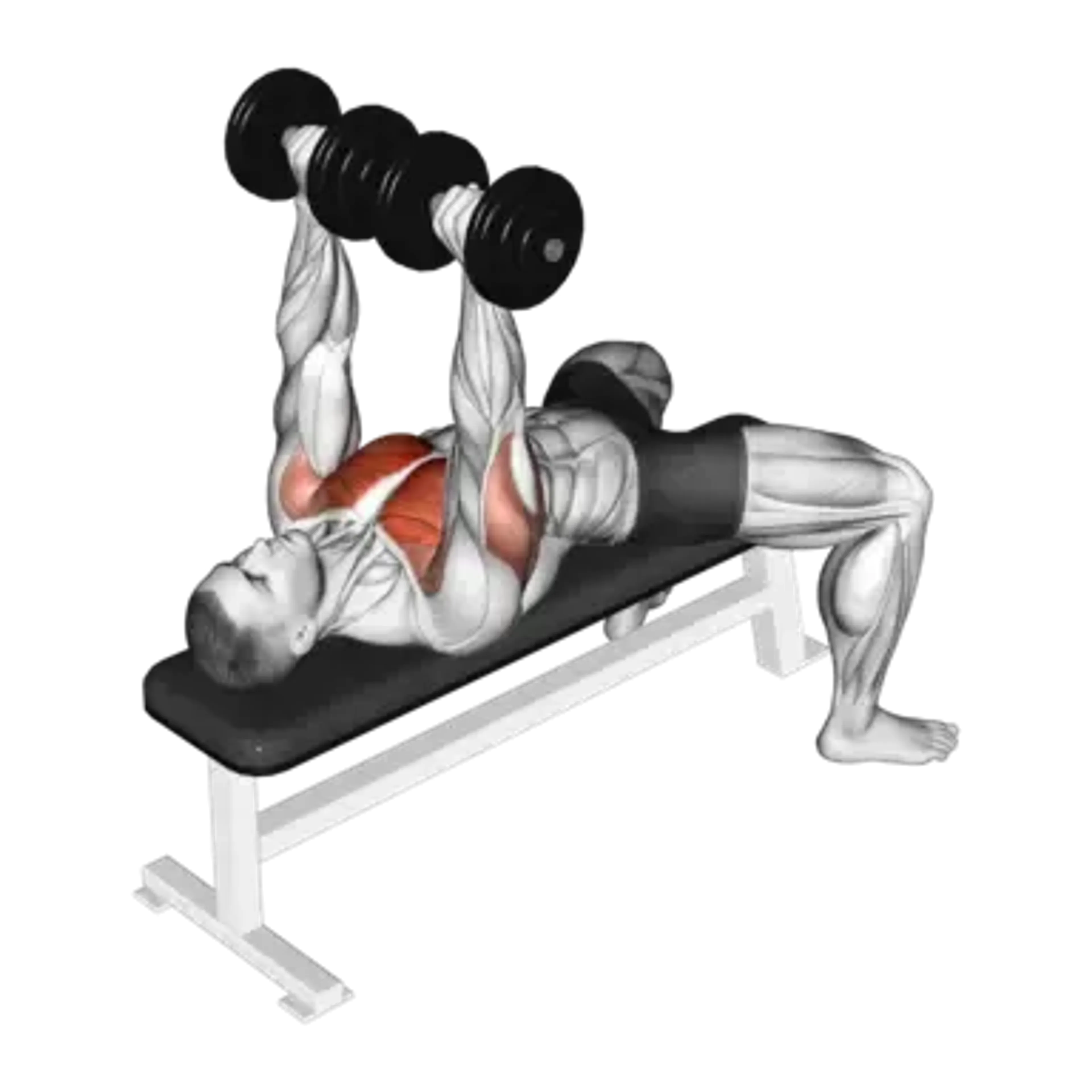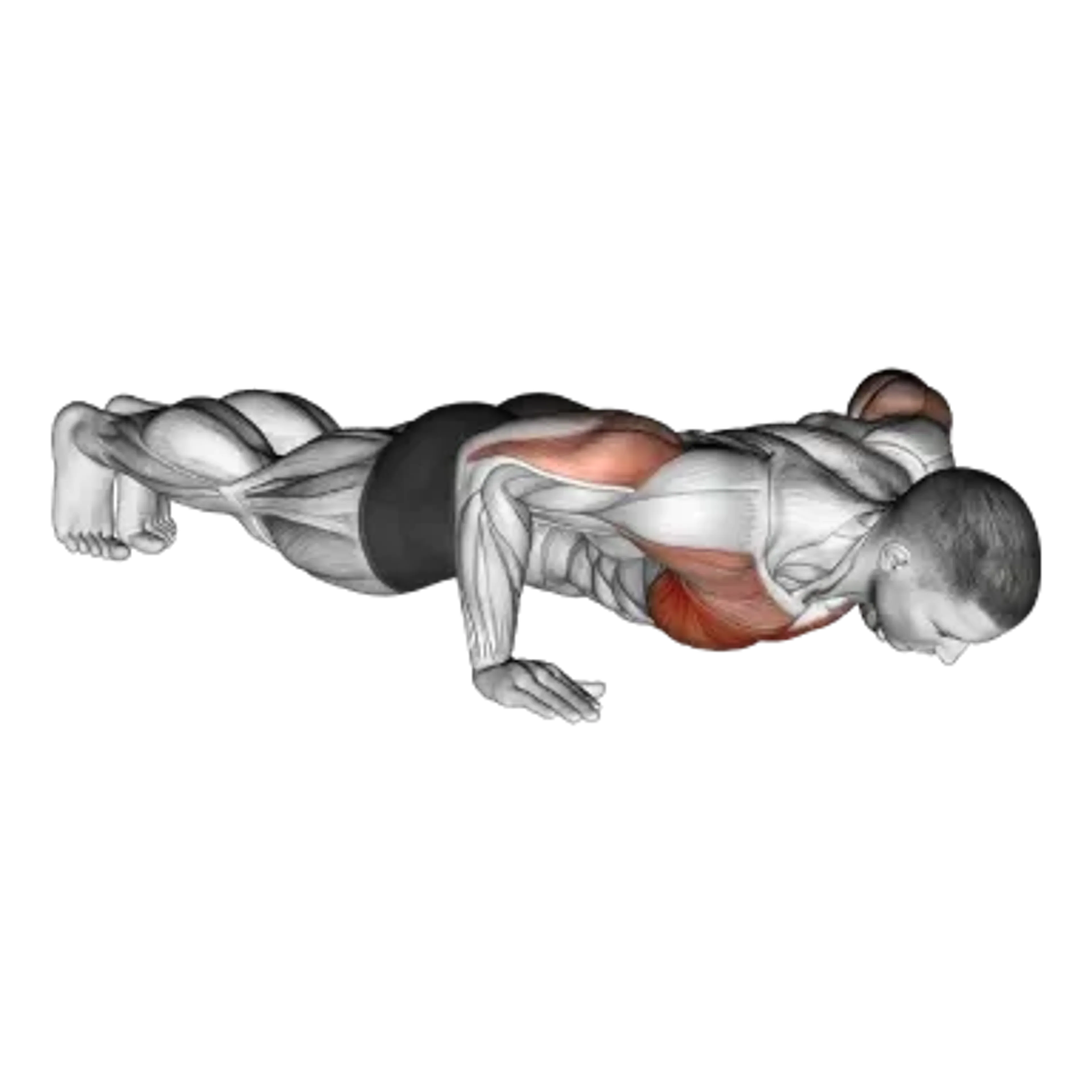Dumbbell Floor Press

Overview
- Primary Focus:
- Chest.
- Equipment:
- Dumbbell.
- Difficulty:
- Beginner.
General Information
Dumbbell Floor Press is a compound exercise that primarily targets the chest and also engages the triceps and front shoulders. It is a beginner-level movement that limits range of motion at the bottom, making it shoulder-friendly while still allowing strong pressing mechanics.
Because your upper arms meet the floor before an extreme stretch, the movement emphasizes mid-to-top range pressing strength and lockout ability. This makes it useful for building pressing power and triceps contribution without aggravating the front of the shoulder.
It works well in home or limited-equipment settings, and it’s an efficient accessory in strength or hypertrophy programs. A neutral grip can reduce shoulder stress further, and tempo or pause variations increase time under tension.
Expect a strong chest squeeze near the top and a pronounced triceps drive through lockout. If you typically struggle off the chest on a bench press, use slow lowers and brief pauses on the floor to build control and position.
Muscles Worked
- Pectoralis Major
- Primary
- Triceps Brachii (Lateral Head)
- High
- Triceps Brachii (Long Head)
- High
- Triceps Brachii (Medial Head)
- High
- Deltoid
- Medium
- External Oblique
- Minimal
- Rectus Abdominis
- Minimal
- Serratus Anterior
- Minimal
Instructions
- Lie on the floor with knees bent and feet planted; hold dumbbells at chest level with a neutral or slight pronated grip.
- Position upper arms at roughly 45° to the torso; keep shoulder blades lightly retracted and ribs down.
- Inhale, brace, and press the dumbbells upward until elbows are fully extended without shrugging shoulders.
- Pause briefly at the top, keeping wrists stacked over elbows and forearms vertical from the front view.
- Lower under control until triceps touch the floor lightly - do not bounce off the ground for momentum.
- Maintain a slight rib tuck and neutral neck; keep feet planted to stabilize your torso during each rep.
Common Mistakes
Injuries
Dumbbell Floor Press is a low risk exercise when performed with proper technique.
Shoulders and wrists are the usual strain points. Keep elbows at ~45°, wrists neutral, and avoid aggressive bouncing off the floor to protect the joints.
If discomfort appears in the front of the shoulder, switch to a neutral grip, reduce range by slowing the lower, or decrease load and volume temporarily.
Progress by adding small weight jumps or pauses on the floor; regress with lighter dumbbells or a reduced range until control improves. Stop if you feel sharp pain or numbness.
Alternative Exercises

Frequently Asked Questions
- Q: How should I progress load on the floor press?
Use small dumbbell jumps and add pauses on the floor before increasing weight. Aim for consistent rep speed and control first.
- Q: Should my elbows touch the floor each rep?
Yes, gently. Touching provides a consistent depth marker; avoid bouncing to keep shoulders happy and tension steady.
- Q: Is a neutral grip better for my shoulders?
Often, yes. A neutral grip reduces external rotation demands and can feel smoother on the front of the shoulder.
- Q: How does it compare to a regular bench press?
It shortens the bottom range and emphasizes mid-to-top strength and triceps. It’s easier on shoulders but provides less stretch than a full bench press.
Overview
- Primary Focus:
- Chest.
- Equipment:
- Dumbbell.
- Difficulty:
- Beginner.




